Methods and precautions for cultivating bulbous begonias
Last Update :2024.10.31
Article Catalog
Soil: Fertile, loose and breathable, slightly acidic soil rich in humus. Use garden soil plus river sand and humus soil. In order to increase fertility, you can add some base fertilizer. Light temperature: 16℃-21℃ is preferred. If the temperature exceeds 30℃, it will wither. The overwintering temperature should not be lower than 10℃. In summer, it is necessary to maintain sufficient light and timely shade. Water and fertilizer: Water less during the budding and flowering stages. Spray water in summer to increase humidity. Apply fertilizer lightly and frequently.
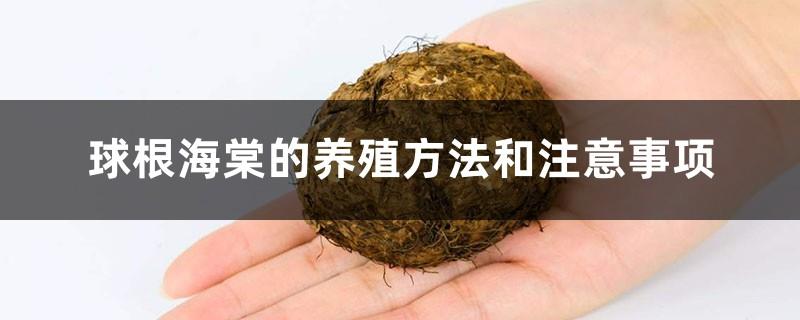
Breeding method
Cultivation methods
Soil
To cultivate bulbous crabapples, the soil needs to be fertile, loose and breathable, rich in humus, and can be acidic. Generally, you can use garden soil plus river sand and leaf mold soil. In order to increase fertility, you can add some base fertilizer.
Light and temperature
Bulb begonia likes a warm growing environment, preferably semi-shady, and is more afraid of the scorching heat in summer. The suitable temperature for growth is between 16℃ and 21℃, and it is not cold-tolerant. Basically, if the temperature exceeds 30℃, the stems and leaves may wither, and in severe cases, the underground stems may die. A certain temperature must also be maintained in winter, and the overwintering temperature should not be lower than 10°C. Begonia bulbs need long daylight conditions to bloom well. They need to maintain sufficient light in summer, but be careful not to expose them to strong direct light in summer and shade them in time. In winter, the daylight hours are shorter and sufficient light needs to be ensured.
Watering and fertilizing
Bulb crabapple likes water and fertilizer, and the growing environment requires a moist environment, but there should be no stagnant water, because it is afraid of waterlogging. Begonia bulbs need less watering during their budding and flowering stages. In summer, you need to spray water to increase air humidity. In autumn and winter, bulbous begonias gradually enter the dormant period, so watering should be reduced. Fertilizer needs to be applied lightly and frequently. During the growth period, you can apply some decomposed thin fertilizer every 10 seconds. During the flowering period, you need to apply some fertilizer to promote flowering. Note that fertilizing is not required during summer and winter.
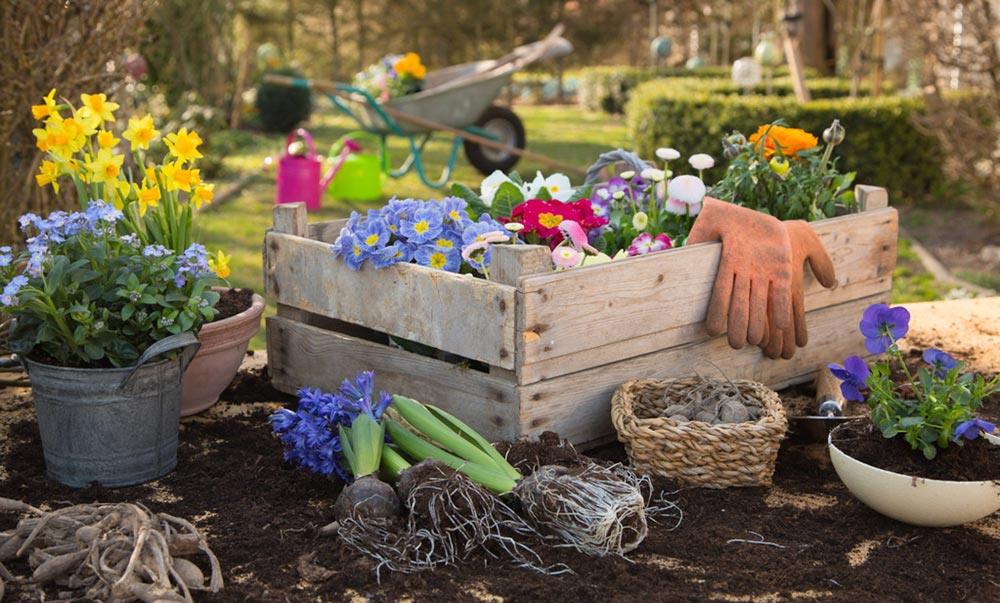
Notes
Propagation methods< /h3>
The propagation of bulbous crabapples is mainly by sowing, cutting and cutting tubers. Sowing and propagation can be done in spring or autumn, and cuttings are mainly done in late spring and early summer.
Pests and diseases
Begonia bulbs need to be prevented from diseases and insect pests. The main diseases include root rot and stem rot. The main pests are thrips, aphids and leaf rollers. The growth environment of begonia bulbs needs to be improved. , and spray pesticides in time.
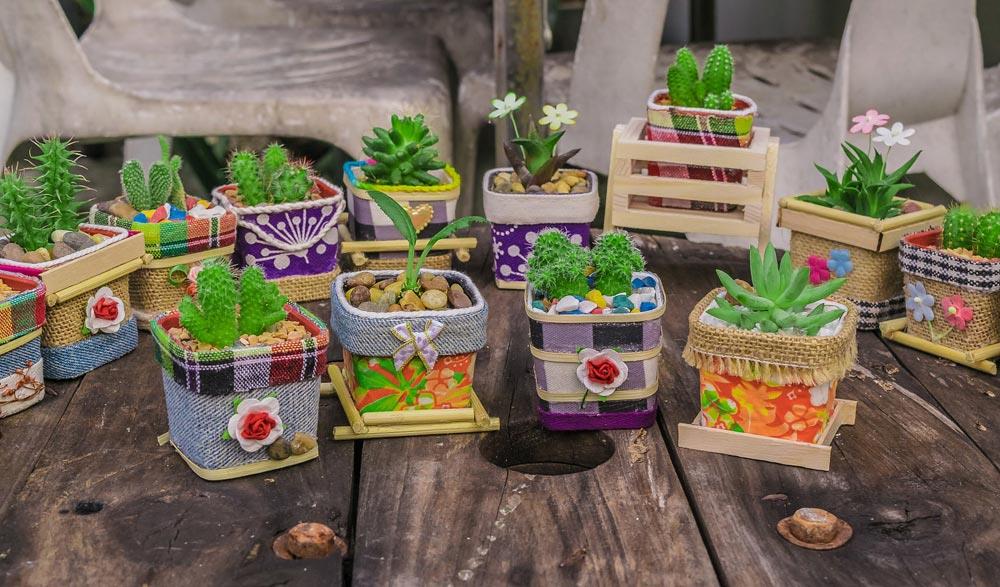
Precautions
- END -
What kind of soil do impatiens use and how to cultivate them?
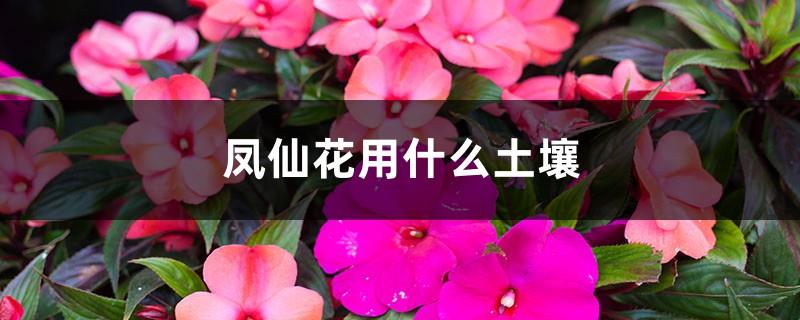
The soil for planting impatiens must have good drainage and be fertile. It is rich...
The difference between lotus and lotus
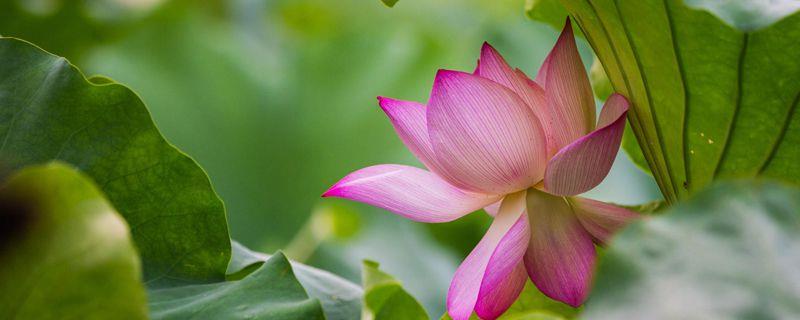
There is actually no difference between the two. They just have different names, b...